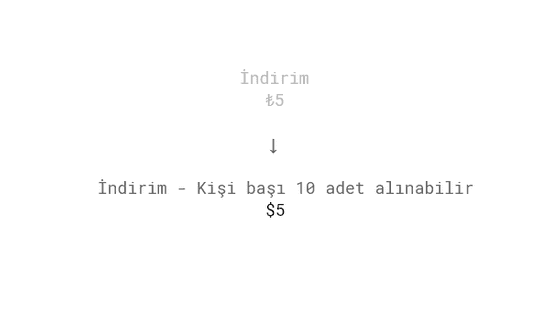Dijital Psikoloji
Çapalanmışlık
Belirsiz bir nesneye değer biçerken veya bir şeye karar verirken, bir parça bilgiye güvenme eğilimindeyiz, bu genelde bize sunulan ilk bilgidir. Bu ilk “çapalanmış” bilgi veya değer, beynimiz tarafından zihinsel bir referans noktası olarak kullanılır, ve bu değer insanların vereceği kararları etkileyebilir.
Çalışmalar
Tversky and Kahneman (1974) tarafından, iki grup lise öğrencisine 5 saniye içinde birden sekize (1 x 2 x 3…) diğer gruba ise tam tersi sekizden bire (8 x 7 x 6 …) sayıların çarpımını hesaplamaları istendi. Zamanın kısa olması nedeniyle ilk çarpmalardan sonra sonucu tahmin etmek zorunda kaldılar. Bu ilk sonuçlar, asıl cevapları için bir çapa sağladı. İlk grubun tahminlerinin medyanı 512 iken, azalan dizi için medyan 2.250 idi. Doğru cevap: 40.320.
WIP
Judges score better than others on some cognitive illusions like the framing effect (treating economically equivalent gains and losses differently) or representativeness heuristic (ignoring background statistical information in favor of individuating information) but are equally prone to the anchoring effect (Guthrie, Rachlinski & Wistrich, 2001).
Job seekers who anchor first and high in salary negotiations usually get a higher wage. Even a joking comment about an implausible salary could bring the final salary offer up (Thorsteinson, 2011).
Examples
Highest price first
Anchor the price of the most expensive package of your product to the user’s mind by listing it first. This order makes the subsequent plan seem like a bargain.
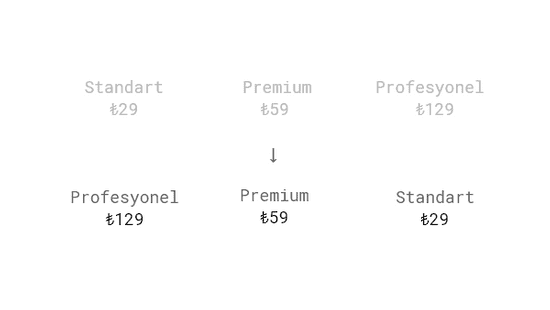
Lower price first
Wait, didn’t you just say the opposite? If there is not much of a price difference, try to anchor the lower price. Therefore, the slightly more expensive, but significantly more valuable offer, looks like a steal.
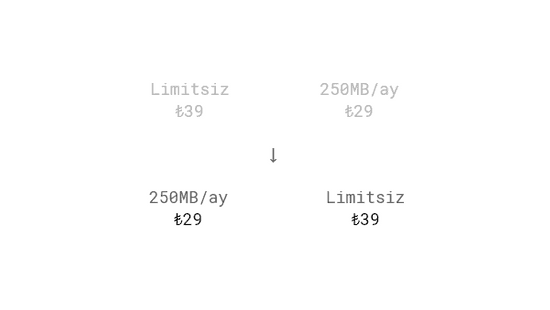
Listing higher-priced unrelated products
A study showed that exposure to higher prices, even for unrelated products can impact people’s willingness to pay for goods and services (Nunes & Boatwright, 2004).
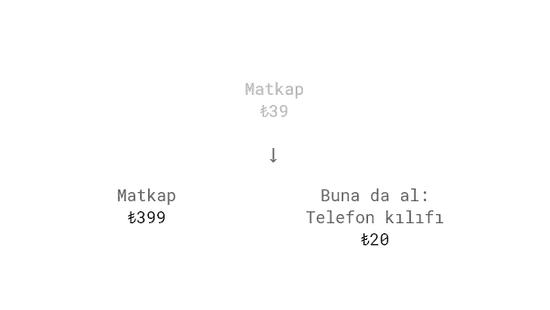
Exposing users to any high number
Anchoring works with any number, regardless of whether that number is a price (Adaval & Monroe, 2002).

Multiple-unit pricing
The number of units in a promotion serves as an anchor, and indicates which quantity the customer should buy. In an experiment, this tactic increased sales by 32% (Wansink, Kent & Hoch, 1998).
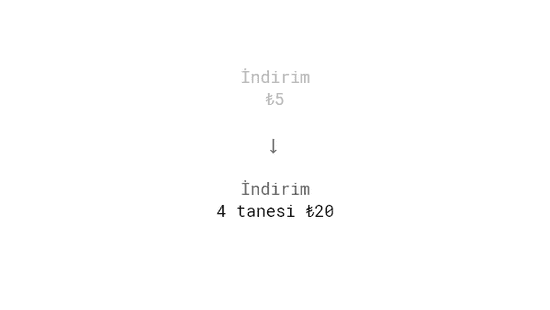
Exposing users to a quantity limit
A study by Wansink, Kent and Hoch (1998) evaluated if setting quantity limits affects shopping behavior. In the experiment, buyers purchased an average of 3.3 cans of soup when they had no limit, whereas shoppers with a limit of 12 bought an average of 7 cans.
